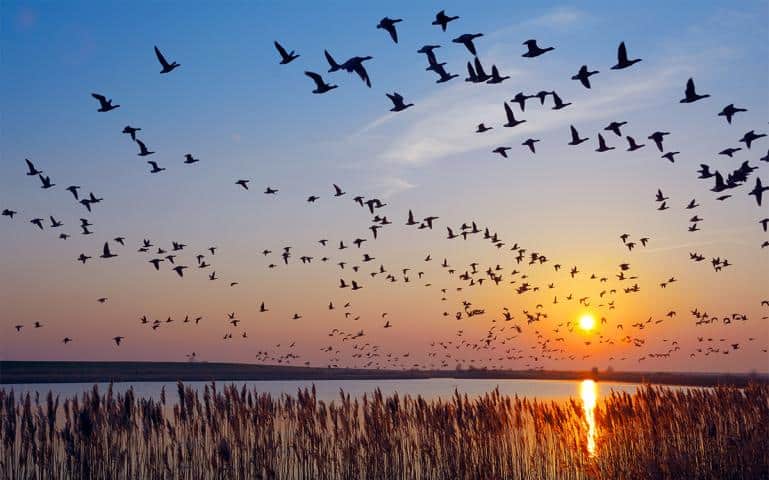
Gifts of Spring: Migrating Birds of the Upper Skagit
Spring is a time of great change in the Pacific Northwest. The warmer weather and abundant daylight signals species from insects to plants and animals to emerge from Winter dormancy and become active again. For migrating birds, it is a signal to begin their annual pilgrimage up North and join our forest and mountain communities. Migration is an adaptation many birds have developed over millennia to survive as Fall and Winter bring harsh weather and minimal food resources in Northern territories. Many of our feathered friends travel from the Southwestern U.S. or Mexico, although some roam as far as South America before returning to us in the Spring.
Beginning in March and April, the sounds of the forest become much more alive as these travelers arrive, and the numbers of avian friends above us seem to multiply during the early weeks of Spring. Birds large and small have been arriving in great numbers this month. Here’s a few favorites to keep a lookout for during your outdoor rambles.
Rufous Hummingbird (Selasphorus rufus)
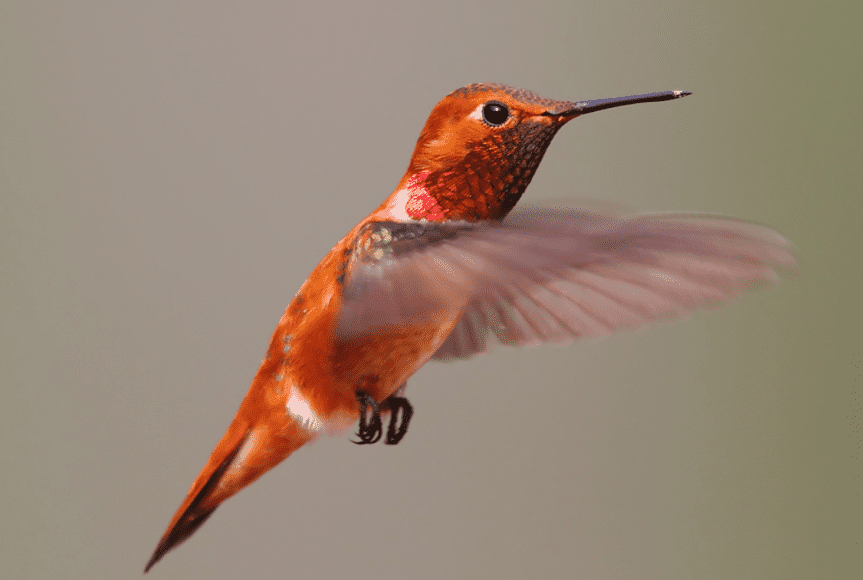
These colorful hummingbirds have made their way back up to the Pacific Northwest. The Rufous Hummingbird makes one of the longest migratory journeys of any bird in the world, as measured by body size. Each year some birds may travel nearly 4,000 miles from their wintering grounds in Mexico up to Alaska. The males have bright orange plumage while females have green and orange plumage. In Washington State they can often be found at edges and in open areas within coniferous forests. Rufous Hummingbirds are also found in sub-alpine habitats, shrubby habitats, and in residential areas. In Washington, they feed heavily on red flowering currant, salmonberry, and honeysuckle nectar. These are common feeder birds and will often fight away any other birds that are present.
Turkey Vulture (Cathartes aura)
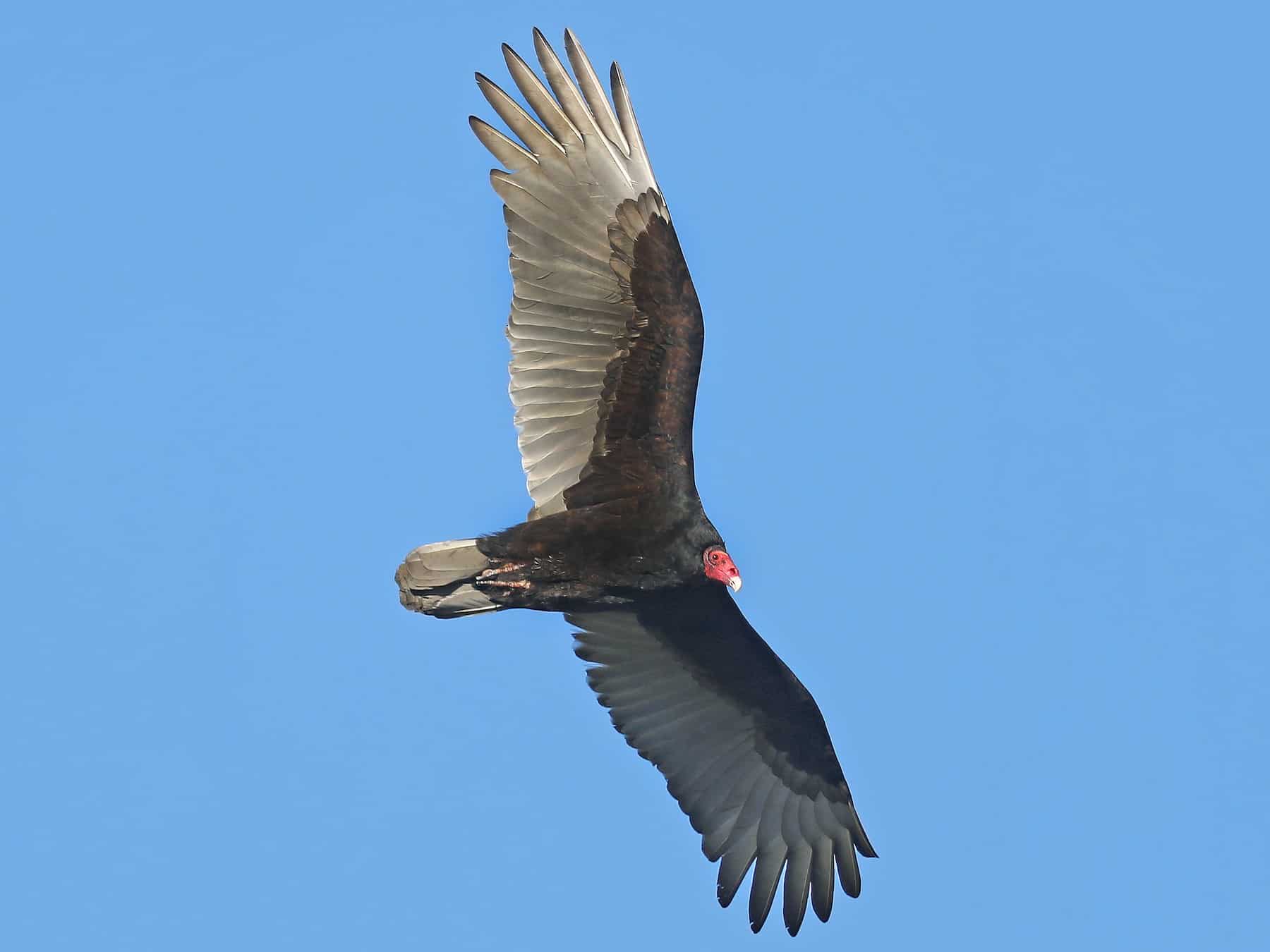
These red-headed scavengers can be found in the North Cascades from April through September. These birds are commonly seen soaring over open areas while driving. They can be recognized in flight with their wings raised to a V and their wobbly flight pattern. While Turkey Vultures are common year-round residents of the Southeastern U.S. In much of the Northern and Western U.S. they are migrants that arrive during the Spring and Summer. Come Fall, they will often migrate south of the border. While many may think of vultures as dirty bottom feeders, they play important roles in the ecosystem by getting rid of carrion and eliminating diseases. They have the most finely attuned sense of smell of any bird which has allowed them to become one the most ubiquitous vulture species, ranging from Southern Canada to the Southern tip of South America.
Violet-green Swallow (Tachycineta thalassina)
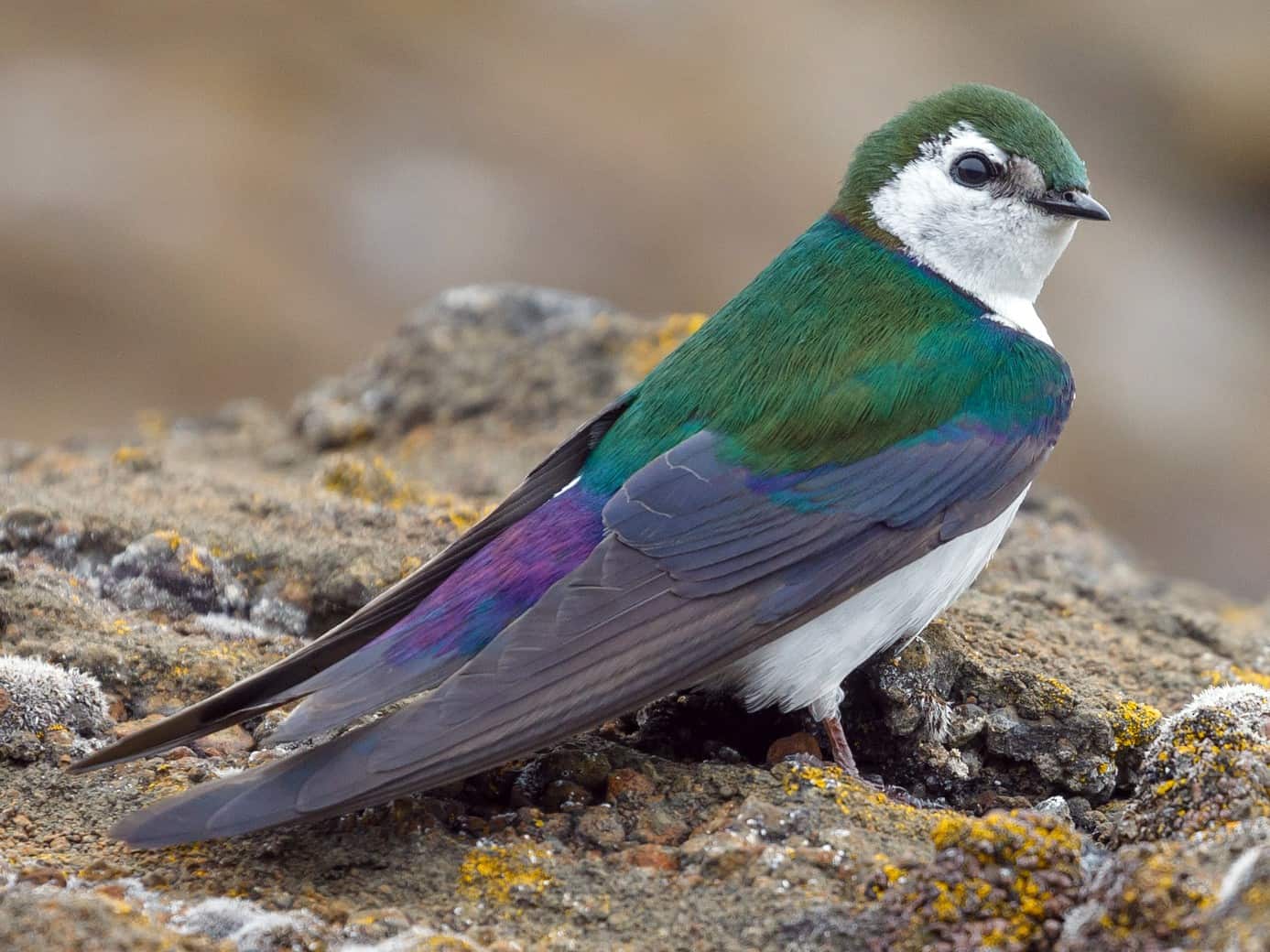
Flying over the Skagit River are returning Violet-green Swallows. These acrobatic flyers are one of the more ubiquitous swallow species that we see in the Upper Skagit. Violet-green swallows will remain in Washington until September when they make their way down to their wintering grounds. While most migrate down to Mexico some will winter as far south as Costa Rica. They forage mid-flight, catching insects on the wing. They can be distinguished from similar birds by the white patches on the sides of their heads and and the with patches on their rump. They can often be seen nesting in tree cavities.
Yellow-rumped warbler (Setophaga coronata)
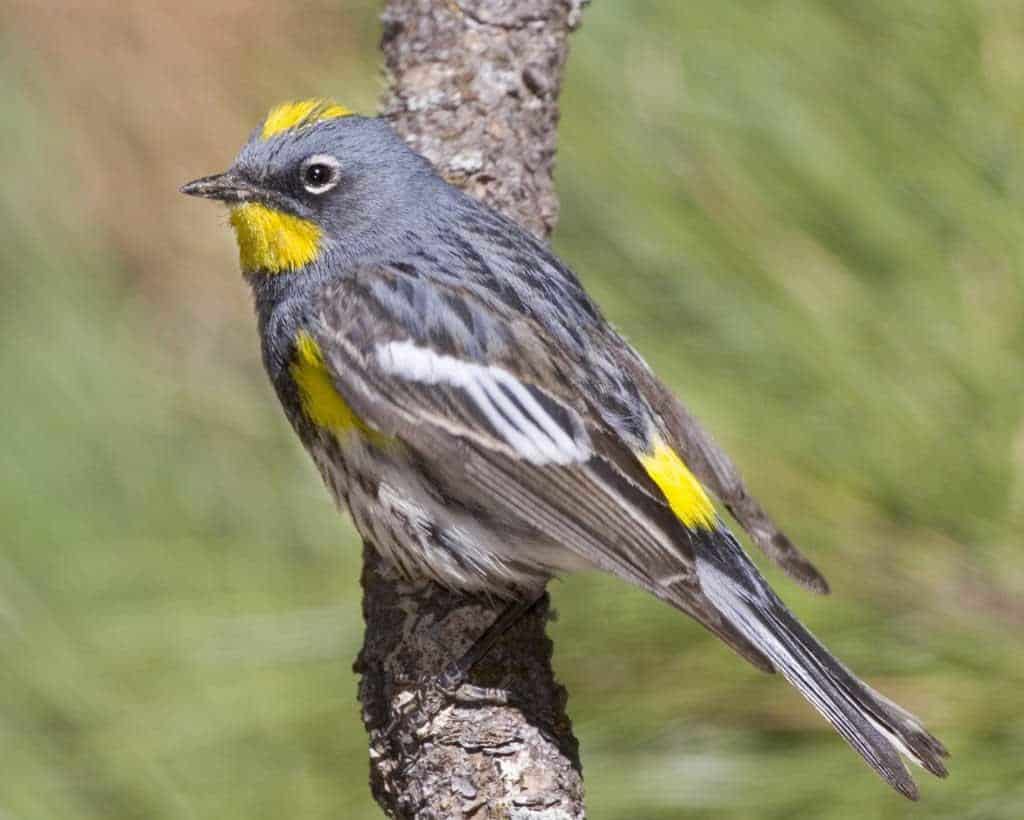
Recently, the yellow-rumped warblers have made their way back into the Cascades. While it is common to find these birds in other areas of Washington throughout the year, they are only present in the North Cascades from March through October. There are two subspecies of this bird that can be found in Washington, and sub-species local to the North Cascades is the Audubon’s Yellow-rumped warbler. The Audubon’s Yellow-rumped warbler is blue-gray streaked with black above, broken white eye-rings, a yellow spot on its crown, and a yellow throat. They will remain in the North Cascades through October before they migrate to lower elevations. They breed in dense wet coniferous forests in high conifers. They can be seen foraging in large flocks, gleaning insects from twigs and leaves.
Western Tanager (Piranga ludoviciana)
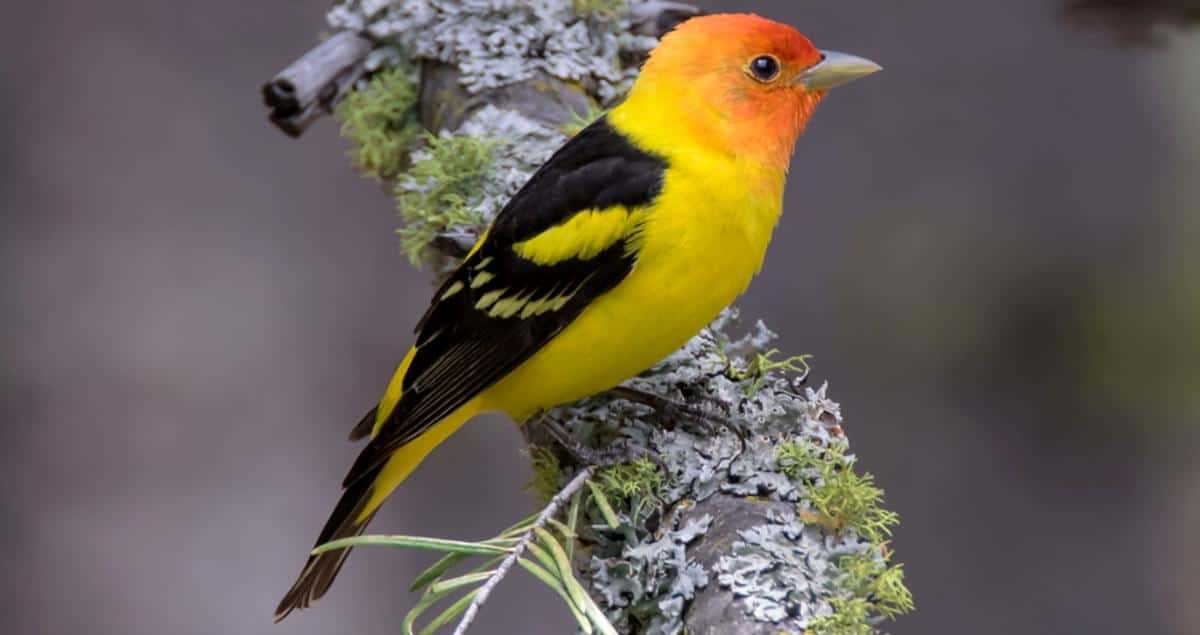
These brightly colored birds have started to migrate back into the North Cascades. With their orange-red heads and yellow and black feathers, the adult males of this species are difficult to mistake for any other bird in Washington.The females have a slightly duller yellow coloration overall. While they mostly feed on insects they will also occasionally eat fruits and berries. They can often be found in open Douglas fir and Lodgepole pine forests. They can also be found in riparian areas, and generally prefer open areas such as wetlands, forest edges, and burns. They can often be seen plucking food from branches and twigs or catching food on the wing. In the Fall these birds begin to migrate down to Mexico and Central America.
May 30 through June 2nd the North Cascades Institute will be offering our Spring Birding East and West of the Cascades field course with our fabulous Instructor Libby Mills. There may still be time to get on the list!


I have a beautiful grey bird with dark wing tips and red markings around the eyes hiding in my ivy. About the size of a crow or a bit larger. I’m trying to determine what it is, and who do I call if it’s injured?